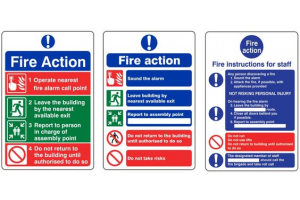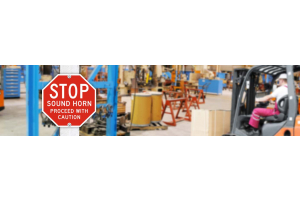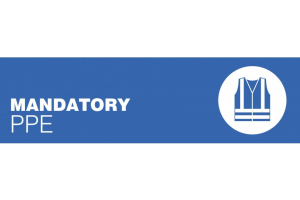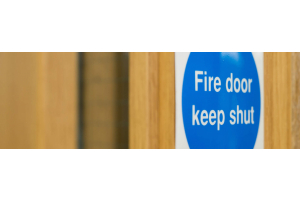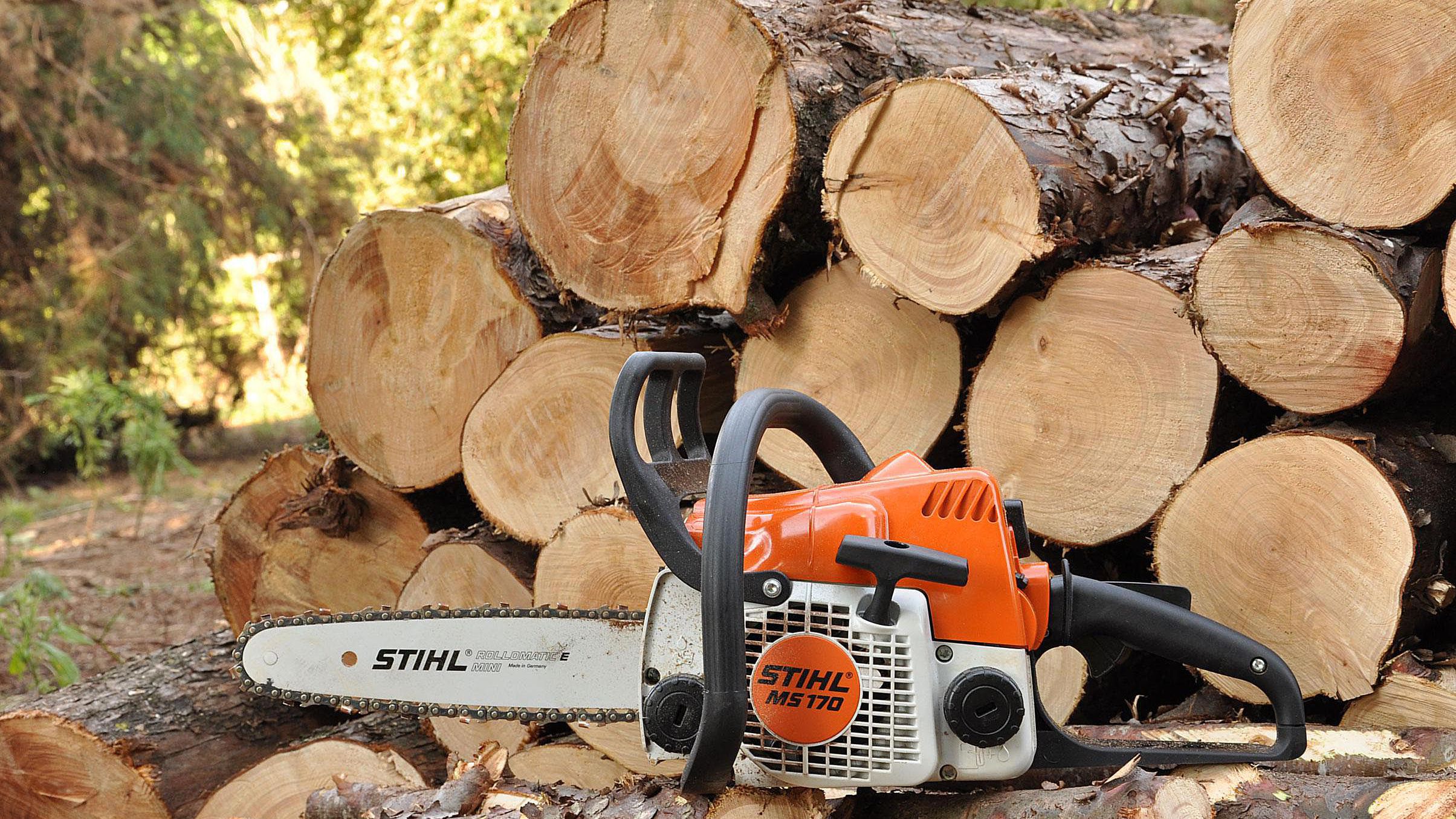
This article gives guidance on using portable, hand-held, petrol-engine chainsaws at work. It is aimed at employers, the self-employed and those who control the use of work equipment and includes basic information on safe working practices which operators may find useful.
Controlling the risks
As part of managing the health and safety of your business, you must control the risks in your workplace. To do this you need to think about what might cause harm to people and decide whether you are doing enough to prevent harm. This process is known as a risk assessment and it is something you are required by law to carry out. A risk assessment is about identifying and taking sensible and proportionate measures to control the risks in your workplace, not about creating huge amounts of paperwork. You are probably already taking steps to protect your employees, but your risk assessment will help you decide whether you should be doing more.
Think about how accidents and ill health could happen and concentrate on real risks – those that are most likely and which will cause the most harm. The following might help:
- Think about your workplace activities, processes and the substances used that could injure your employees or harm their health.
- Ask your employees what they think the hazards are, as they may notice things that are not obvious to you and may have some good ideas on how to control the risks.
- Check manufacturer's instructions or data sheets for chemicals and equipment,as they can be very helpful in spelling out the hazards.
- Some workers may have particular requirements, for example new and young workers, migrant workers, new or expectant mothers, people with disabilities, temporary workers, contractors, homeworkers and lone workers may be at particular risk.
Having identified the hazards, you then have to decide how likely it is that harm will occur. Risk is a part of everyday life and you are not expected to eliminate all risks. What you must do is make sure you know about the main risks and the things you need to do to manage them responsibly. Generally, you need to do everything reasonably practicable to protect people from harm. Make a record of your significant findings – the hazards, how people might be harmed by them and what you have in place to control the risks. Any record produced should be simple and focused on controls.
If you have fewer than five Chainsaws at work
Employees you do not have to write anything down. But it is useful to do this so you can review it at a later date, for example if something changes. If you have five or more employees, you are required by law to write it down. Few workplaces stay the same, so it makes sense to review what you are doing on an ongoing basis. Workplaces where employees are involved in taking decisions about health and safety are safer and healthier.
Collaboration with your employees helps you to manage health and safety in a practical way by:
- helping you spot workplace risks;
- making sure health and safety controls are practical;
- increasing the level of commitment to working in a safe and healthy way.
You must consult all your employees, in good time, on health and safety matters. In workplaces where a trade union is recognised, this will be through union health and safety representatives. In non-unionised workplaces, you can consult either directly or through other elected representatives. Consultation involves employers not only giving information to employees but also listening to them and taking account of what they say before making health and safety decisions.
Issues you should consult employees on include:
- risks arising from their work;
- proposals to manage and/or control these risks;
- the best ways of providing information and training.
Fitness to operate a chainsaw
Operators need to be reasonably fit, both physically and mentally, if they are to use a chainsaw safely. People with disabilities do not need to be excluded from work with chainsaws, but medical advice may restrict the tasks they can do and require increased supervision. Certain medical conditions may affect the ability of a person to operate a chainsaw safely, in addition chainsaw maintenance is crucial.
Seek further medical advice if prospective operators have any condition affecting, eg their:
- mobility (eg arthritis, stroke);
- alertness (eg diabetes or alcohol/drug dependency);
- physical strength (eg heart conditions);
- vision (which cannot be corrected by glasses or contact lenses);
- manual dexterity/grip strength (eg vibration white finger);
- balance (eg vertigo, giddiness or epilepsy).
Operators need to inform their employers when they are taking prescribed medication which may affect their ability to operate a chainsaw safely. New Workers are at particular risk of injury in the first six months of a job, when they are more likely to be unaware of risks.
Follow these six steps to protect new workers:
- Assess the new starter’s capabilities.
- Plan and provide an induction.
- Make sure control measures to protect them against risks are up to date and being properly used and maintained.
- Provide relevant information, instruction and training.
- Provide effective supervision.
- Check workers have understood the information, instruction and training they need to work safely.
A young person is anyone under 18 and a child is anyone who has not yet reached the official minimum school leaving age which may be just before, on, or just after their 16th birthday. Employers are responsible for ensuring a young person is not exposed to risk due to lack of experience, being unaware of existing or potential risks or a lack of maturity. You must let the parents/guardians of any child know the key findings of the risk assessment and the control measures put in place before the child starts work or work experience.
Before deciding whether you can employ a young person, you must consider:
- the layout of the workplace;
- any physical, biological and chemical agents they may be exposed to;
- the work equipment they will use;
- how work activities and processes are organised;
- the need for health and safety training. In health and safety law, students and trainees on work experience are employees. Once you’ve assessed the risks to them, you must provide them with the same health, safety and welfare protection as other employees.
Health risks
Chainsaws expose operators to high levels of noise and hand-arm vibration, which can lead to hearing loss and conditions such as vibration white finger. These risks may be controlled by good management practice such as:
- buying low-noise/low-vibration chainsaws (eg with anti-vibration mounts and heated handles);
- providing suitable hearing protection;
- proper maintenance schedules for chainsaws and personal protective equipment (PPE);
- giving information and training to operators on the health risks associated with chainsaws and use of PPE etc.
Encourage existing chainsaw operators to report any signs or symptoms which may affect their ability to use a chainsaw safely or may indicate adverse health effects from noise and/or vibration. Employers are required to carry out health surveillance of their employees where they cannot reduce noise or hand-arm vibration exposure to safe levels.
